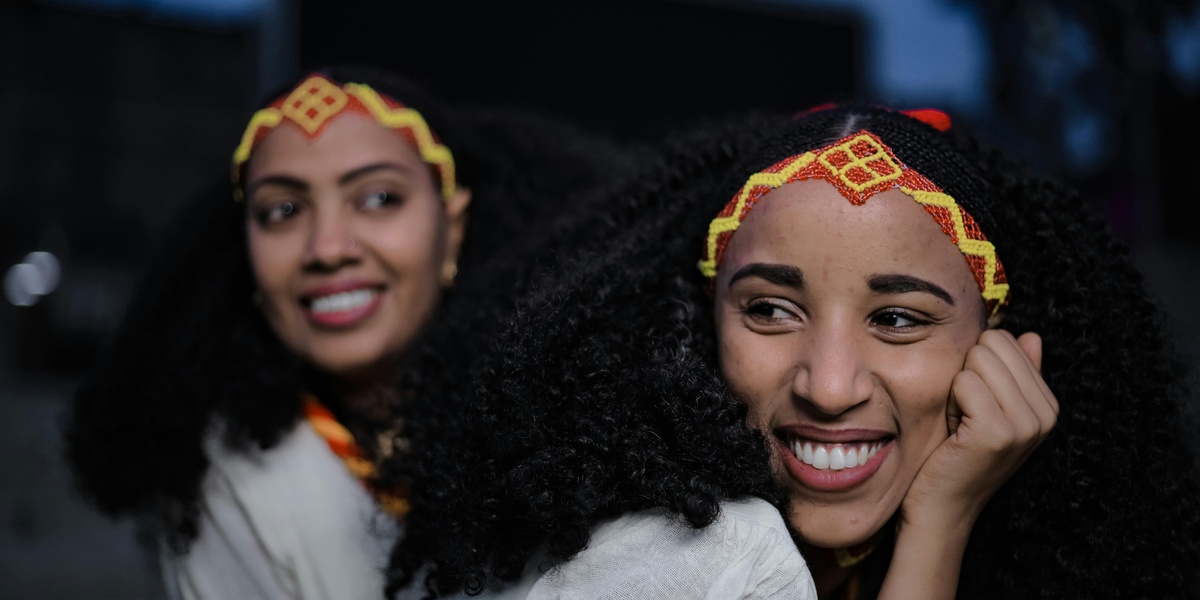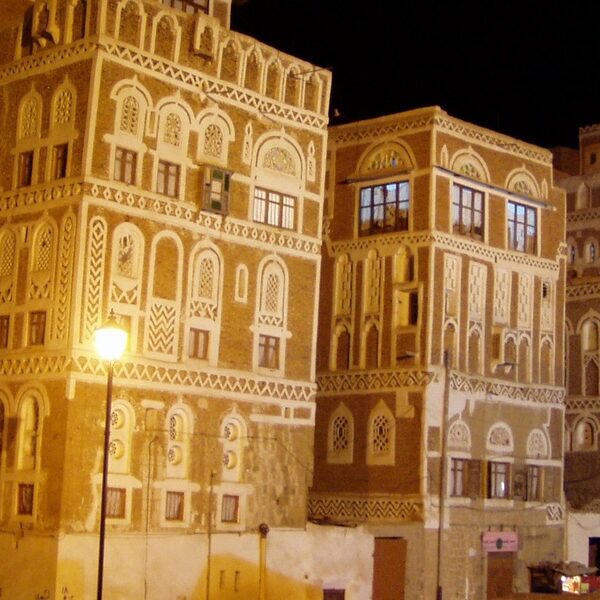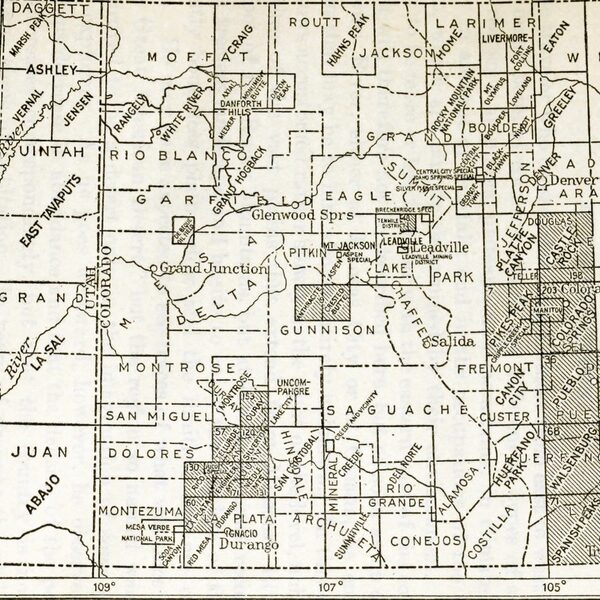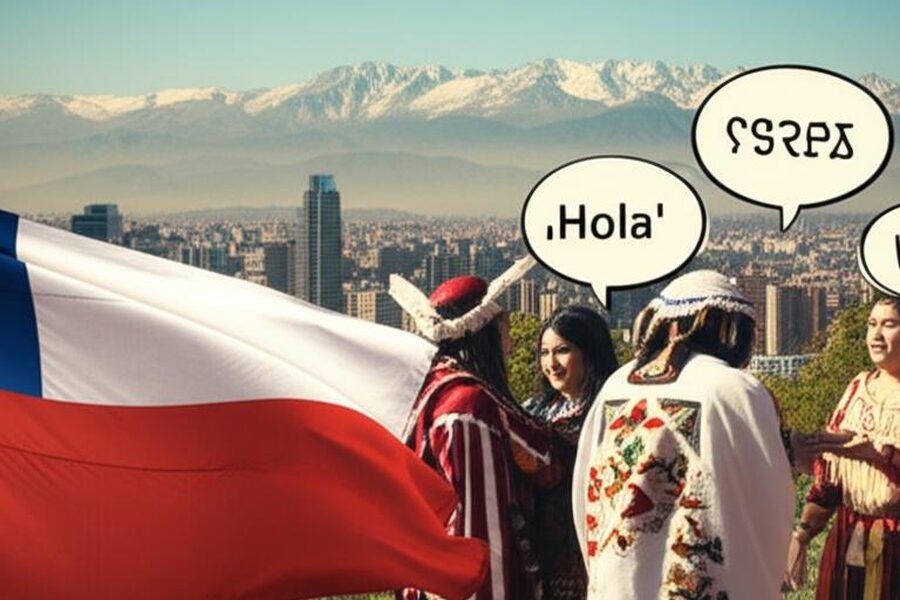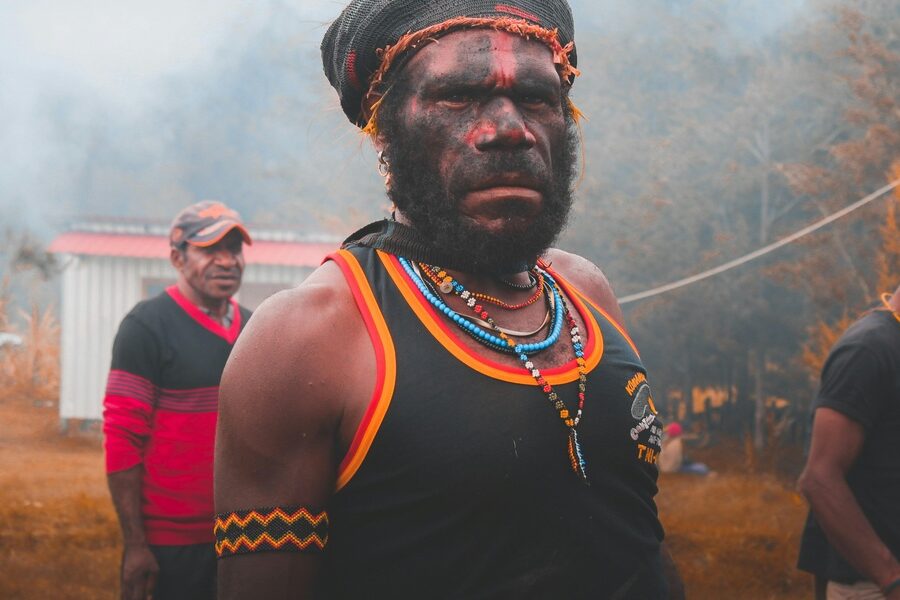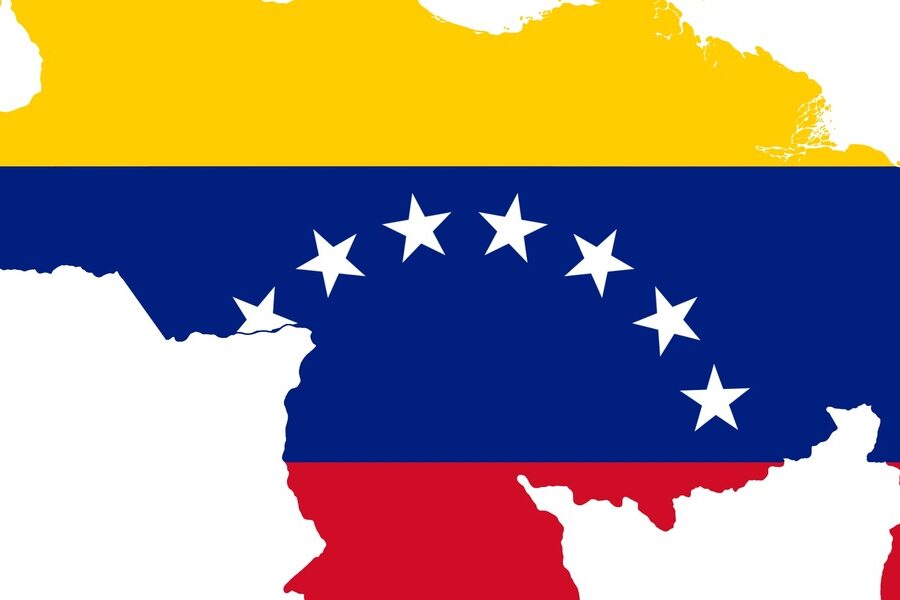Ethiopia is often called the “Cradle of Humanity,” but it’s equally a cradle of incredible linguistic diversity, home to an astounding array of languages and unique speech patterns. This vibrant mosaic of communication reflects the nation’s rich tapestry of cultures and historical depth, where communities have developed distinct ways of speaking for centuries.
Delving into this fascinating world, this guide presents a comprehensive overview. You’ll find exactly 55 Dialects in Ethiopia covered, showcasing a remarkable range from Adigrat Tigrinya to Zay. Each entry is organized by its Parent Language/Group, Primary Region (Ethiopia), and Estimated Speakers, offering a clear snapshot of its place within Ethiopia’s linguistic landscape, all detailed in the list you’ll find below.
What’s the main difference between a language and a dialect in Ethiopia?
In Ethiopia’s rich linguistic heritage, the distinction between “language” and “dialect” can be fluid. Generally, a language is a system of communication mutually unintelligible with others, or one holding higher sociopolitical status, often with a written form. Dialects are variations of a language, largely mutually intelligible but differing in pronunciation, vocabulary, and grammar based on region or social group. Many of Ethiopia’s listed dialects represent these distinct community-specific variations within larger language families.
Are all of Ethiopia’s dialects formally documented or recognized by the government?
While Ethiopia celebrates its linguistic diversity, not all dialects receive formal documentation or recognition from the government in the same way major national languages might. Many thrive primarily through oral tradition within specific communities, lacking standardized written forms or official status. Linguists and local organizations play a crucial role in documenting and preserving these unique linguistic expressions, ensuring their continued vitality and study, even without formal governmental categorization.
Dialects in Ethiopia
| Dialect Name | Parent Language/Group | Primary Region (Ethiopia) | Estimated Speakers |
|---|---|---|---|
| Shewa Amharic | Amharic (Semitic) | Central Ethiopia (Addis Ababa, Shewa) | 8,000,000 |
| Gojjam Amharic | Amharic (Semitic) | Gojjam (West Gojjam, East Gojjam zones) | 3,000,000 |
| Gondar (Gonder) Amharic | Amharic (Semitic) | Gondar and northwestern Amhara | 1,800,000 |
| Wollo Amharic | Amharic (Semitic) | Wollo (North-east Amhara) | 1,200,000 |
| Chaha (Sebat Bet) Gurage | Gurage (Ethiopian Semitic) | Gurage Zone (central Ethiopia) | 200,000 |
| Soddo (Kistane) Gurage | Gurage (Ethiopian Semitic) | Soddo area, Gurage and SNNPR border | 300,000 |
| Inor Gurage | Gurage (Ethiopian Semitic) | Southern part of Gurage Zone | 50,000 |
| Muher Gurage | Gurage (Ethiopian Semitic) | Highlands north of Lake Tana fringe | 50,000 |
| Mesqan Gurage | Gurage (Ethiopian Semitic) | Mesqan area, Gurage Zone | 60,000 |
| Gumer Gurage | Gurage (Ethiopian Semitic) | Gumer district, Gurage Zone | 30,000 |
| Ezha Gurage | Gurage (Ethiopian Semitic) | Central Gurage Zone | 40,000 |
| Borana Oromo | Oromo (Cushitic) | Borena Zone, southern Oromia | 2,500,000 |
| Guji Oromo | Oromo (Cushitic) | Guji Zone, southern Oromia | 2,000,000 |
| Arsi Oromo | Oromo (Cushitic) | Arsi and parts of Bale zones (central-southern Oromia) | 4,000,000 |
| Hararghe (Eastern) Oromo | Oromo (Cushitic) | East Hararghe, Harar fringe | 3,000,000 |
| Wallaga (Western) Oromo | Oromo (Cushitic) | West Oromia (Wollega zones) | 2,500,000 |
| Bale Oromo | Oromo (Cushitic) | Bale Zone, southeastern Oromia | 900,000 |
| Jimma Oromo | Oromo (Cushitic) | Jimma zone, southwestern Oromia | 800,000 |
| Central Tigrinya (Mekelle) | Tigrinya (Semitic) | Central Tigray (Mekelle and surroundings) | 1,800,000 |
| Adigrat Tigrinya | Tigrinya (Semitic) | Eastern Tigray (Adigrat area) | 800,000 |
| Shire (Northern) Tigrinya | Tigrinya (Semitic) | Northwestern Tigray (Shire area) | 700,000 |
| Northern Somali (Somali proper) | Somali (Cushitic) | Most of Ethiopian Somali Region (central and northern parts) | 6,000,000 |
| Benadir (Coastal) Somali | Somali (Cushitic) | Coastal pockets and trade communities near the Somali border | 200,000 |
| Maay (Digil-Mirifle) | Somali cluster (sometimes treated separately) | Southern corners of Somali Region and neighboring zones | 1,000,000 |
| Northern Afar | Afar (Cushitic) | Northern Afar Region and highland fringes | 800,000 |
| Southern Afar | Afar (Cushitic) | Southern Afar (Awash valley areas) | 600,000 |
| Harari (city) dialect | Harari (Ethiosemitic) | Harar city and immediate environs | 30,000 |
| Argobba (Hararghe) dialect | Argobba (Ethiopian Semitic) | East Shewa and Hararghe pockets | 15,000 |
| Hadiyya (Leemo) dialect | Hadiyya (Highland East Cushitic) | Hadiya Zone (SNNPR) | 400,000 |
| Hadiyya (Sooro) dialect | Hadiyya (Highland East Cushitic) | Southern Hadiya areas | 300,000 |
| Kambata (Central) | Kambata (Highland East Cushitic) | Kambata Zone | 600,000 |
| Alaba dialect (Alaba) | Alaba (related to Kambata/Hadiyya) | Alaba special woreda and nearby areas | 120,000 |
| Wolaytta (Sodo) | Wolaytta (Omotic) | Wolayita Zone and surrounding highlands | 1,000,000 |
| Sidama (Sidamo) central | Sidama (Cushitic) | Sidama Zone | 3,200,000 |
| Gedeo (Dawro branch) dialect | Gedeo (Cushitic) | Gedeo Zone | 300,000 |
| Dawro (Isolate cluster) local variety | Dawro (Omotic) | Dawro Zone | 150,000 |
| Gamo central dialect | Gamo (Omotic) | Gamo Zone | 800,000 |
| Gofa (Gofa) dialect | Gofa (Omotic) | Gofa zone | 400,000 |
| Kafficho (Kafa) dialect | Kafa (Omotic) | Keffa (Bench Maji area) | 250,000 |
| Bench dialect (Bench) | Bench (Omotic) | Bench Maji Zone | 150,000 |
| Zay | Zay (Semitic/Oromic contact) | Islands of Lake Ziway | 12,000 |
| Awi (Awngi) dialect | Awngi (Agaw/ Cushitic-affiliated) | Awi Zone (Amhara region) | 150,000 |
| Qimant (Kemant) dialect | Qimant (Agaw) | Gondar fringe areas | 10,000 |
| Bilen (Eritrean–Ethiopian border) variety | Bilen (Cushitic/Agaw mix) | Border areas near Eritrea (northern Ethiopia pockets) | 40,000 |
| Ometo: Wolayta subgroup (local) | Ometo (Omotic) | Southern Omo highlands | 600,000 |
| Gedeo–Sidama transitional speech | Transitional Cushitic varieties | Border zones between Gedeo and Sidama | 200,000 |
| Amaro (Konsoid contact) | Konso–Dawro complex (Omotic) | Amaro special woreda and Konso fringe | 70,000 |
| Konso (main dialect) | Konso (Omotic) | Konso Zone | 200,000 |
| Koraro (Harari-influenced) | Harari/Amharic contact | Harar outskirts and adjacent Oromo areas | 10,000 |
| Mugen (north Shewa Oromo-influenced) | Oromo–Amharic contact variety | North Shewa fringe areas | 50,000 |
| Golo (lowland Omotic fringe) | Lowland Omotic cluster | Lowland fringes of southern Ethiopia | 45,000 |
| Tembien Tigrinya (highland micro-dialect) | Tigrinya (Semitic) | Southern Tigray highlands (Tembien) | 25,000 |
| Yemsa (Yem) dialect | Yemsa (North Omotic) | Yem special woreda | 60,000 |
| Hamer (Hamar) dialect (variations) | Hamar (East Cushitic) | Hamer woreda, lower Omo Valley | 60,000 |
| Dassanech (variants) | Dassanech (Cushitic) | Lower Omo Valley and border with Kenya | 40,000 |
Images and Descriptions
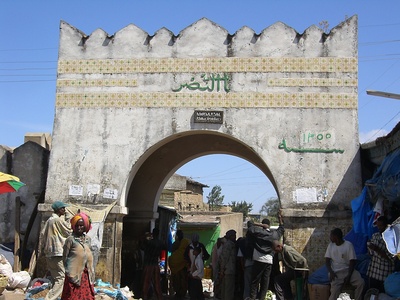
Shewa Amharic
The prestige urban variety associated with Addis Ababa and central highlands; clearer vowel contrasts and many loanwords from Oromo and foreign languages.
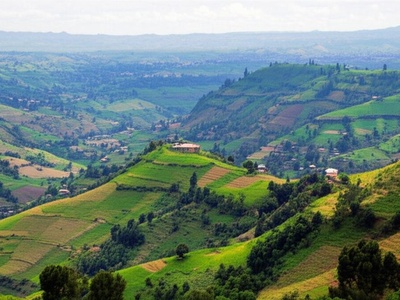
Gojjam Amharic
A conservative highland variety with distinct pronunciation and some lexical differences from central Amharic.
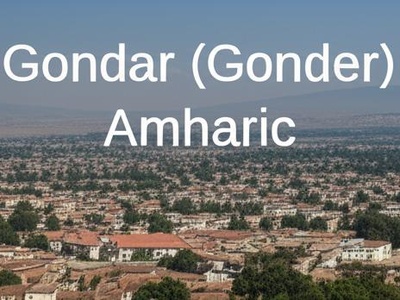
Gondar (Gonder) Amharic
Northwestern Amharic with unique intonation and lexical items influenced by nearby Nilotic and Omotic languages.
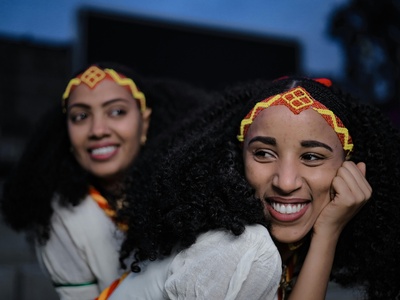
Wollo Amharic
Notable for phonetic influence from Amharic–Oromo contact; many speakers are multilingual and it preserves archaic features.
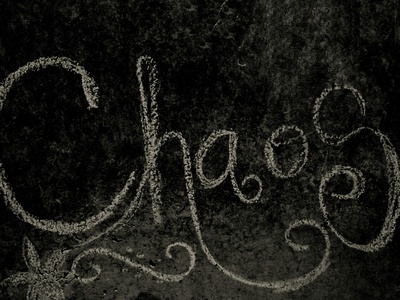
Chaha (Sebat Bet) Gurage
One of the best-known Gurage varieties, with complex phonology and widely studied morphosyntax; often referenced as “Chaha.”
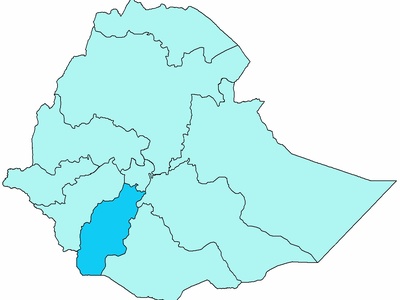
Soddo (Kistane) Gurage
Distinct Gurage variety with heavy Cushitic influence; used in local trade and oral literature.
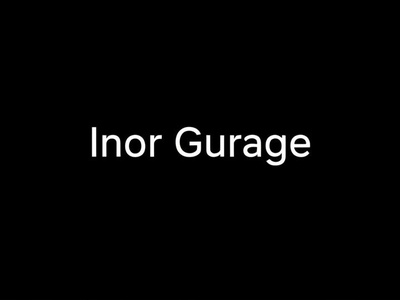
Inor Gurage
A Sebat Bet variety with unique tonal and morphological features recognized locally.

Muher Gurage
Highland Gurage variety with conservative Semitic traits and strong local identity.
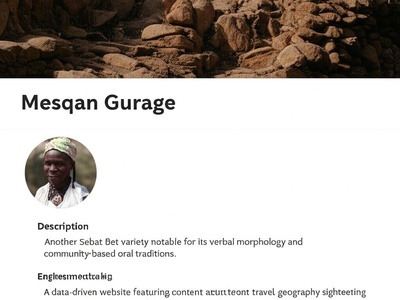
Mesqan Gurage
Another Sebat Bet variety notable for its verbal morphology and community-based oral traditions.

Gumer Gurage
Localized Gurage speech with distinct vocabulary and pronunciation patterns.

Ezha Gurage
A Sebat Bet variety with recognizable differences in verb forms and pronouns.
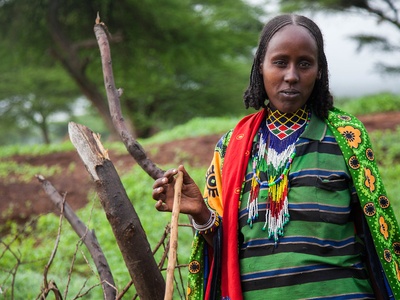
Borana Oromo
Southern Oromo variety with pastoralist vocabulary and sound patterns distinct from central Oromo dialects.
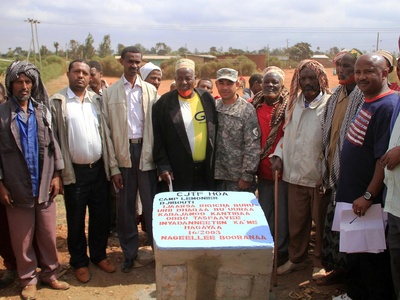
Guji Oromo
Closely related to Borana but with its own ritual vocabulary and phonetic traits; strong clan identities shape speech.
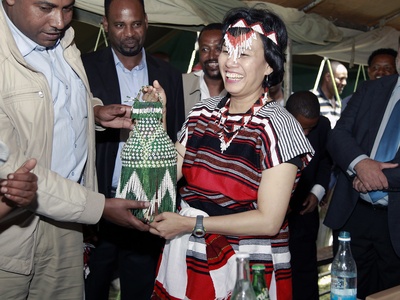
Arsi Oromo
A major central-southern Oromo variety used in agriculture-dominated highlands with distinctive intonation.
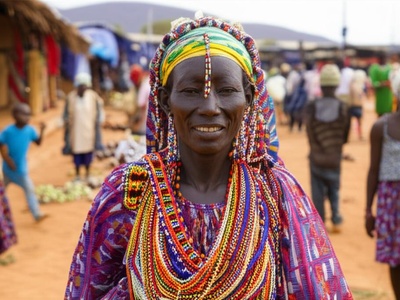
Hararghe (Eastern) Oromo
Eastern variety influenced by Harari and Somali; has lexical and phonological markers of urban trade centers.
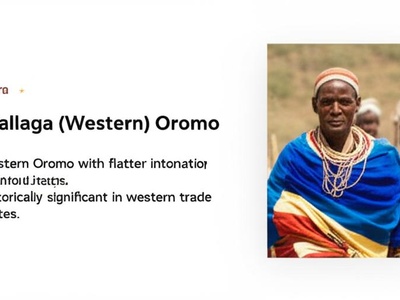
Wallaga (Western) Oromo
Western Oromo with flatter intonation and local lexical items; historically significant in western trade routes.
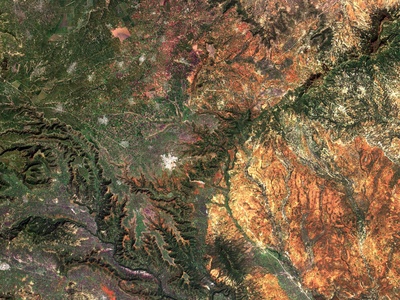
Bale Oromo
Highland variety with both Cushitic and Highland Ethiopian influences; adapted to mountainous speech communities.
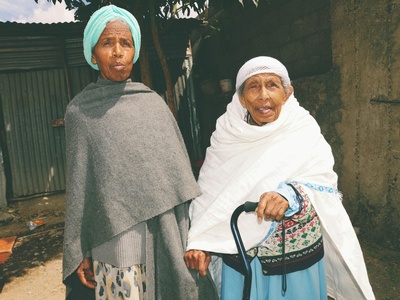
Jimma Oromo
Southwest variety reflecting contact with Omotic languages and regional trade vocabulary.
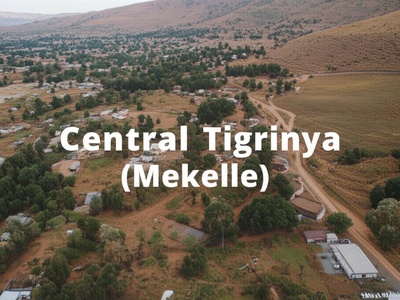
Central Tigrinya (Mekelle)
Standard Tigrinya dialect of Tigray highlands; basis for local media and education in Tigray region.
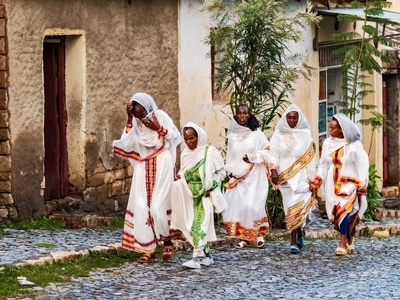
Adigrat Tigrinya
Eastern Tigrinya variety with distinctive vowel realization and some lexical differences toward Eritrean varieties.
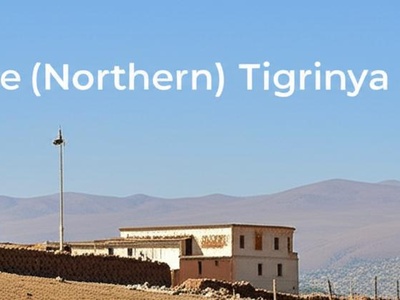
Shire (Northern) Tigrinya
Northern Tigrinya form with influences from lowland languages and cross-border trade contact.
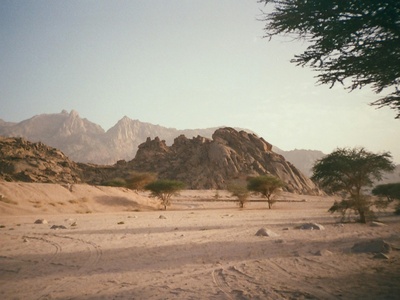
Northern Somali (Somali proper)
The dominant Somali variety across Ethiopia’s Somali Region; shares features with Djibouti and northern Somalia dialects.
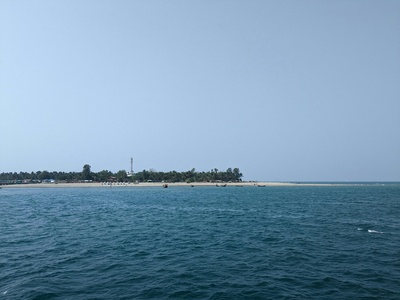
Benadir (Coastal) Somali
Coastal dialect with urban vocabulary and phonetic traits associated with seafaring and trade.

Maay (Digil-Mirifle)
A substantially different Somali variety (often called Maay) with distinct grammar and vocabulary, widely used by Rahanweyn groups.
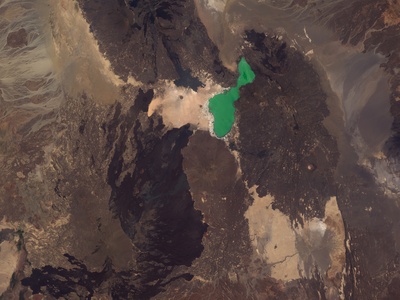
Northern Afar
Afar dialect spoken in northern lowlands with strong pastoral vocabulary and a distinct rhythm.
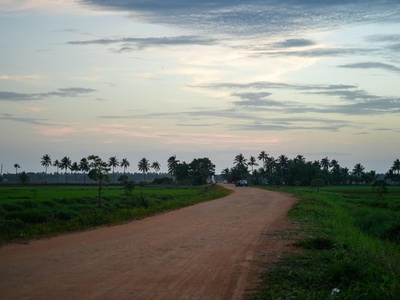
Southern Afar
Southern variant with borrowing from Oromo and Somali in contact zones along riverine trade routes.
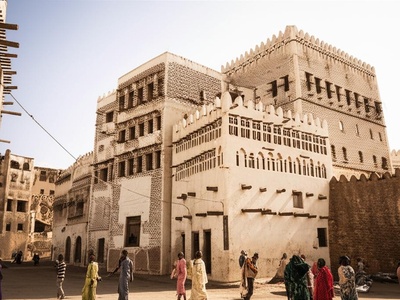
Harari (city) dialect
An urban Semitic variety with heavy Arabic loanwords and a unique identity tied to the walled city of Harar.
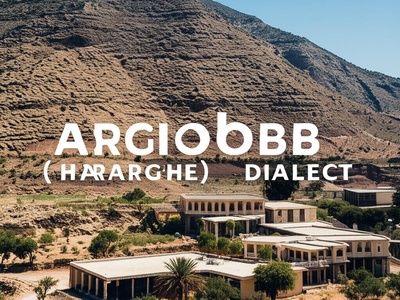
Argobba (Hararghe) dialect
A minority Semitic variety often treated as a dialect of Argobba with strong Amharic and Harari influence.
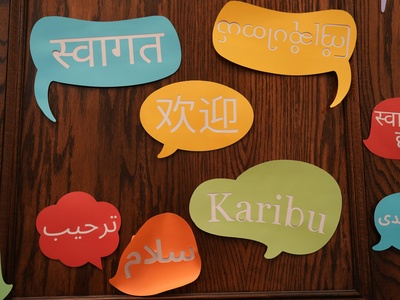
Hadiyya (Leemo) dialect
Central Hadiyya variety used across Hadiya proper with internal regional differences in pronunciation and terms.
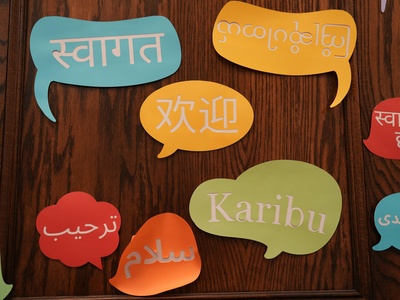
Hadiyya (Sooro) dialect
Southern Hadiyya speech with lexical items reflecting agricultural practices and local customs.

Kambata (Central)
Central Kambata variety with clear identity markers and use in local media and education.
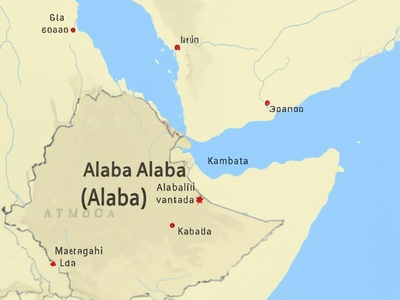
Alaba dialect (Alaba)
Locally recognized variation with unique expressions and close ties to Kambata speech.
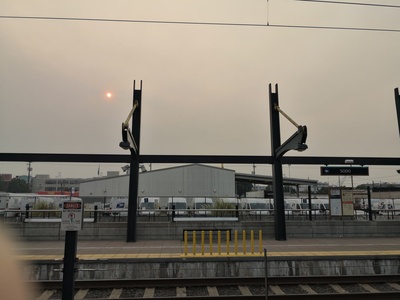
Wolaytta (Sodo)
A major Omotic variety with strong cultural expression through music and literature; internal dialectal variation among subzones.

Sidama (Sidamo) central
The main Sidama variety used across the Sidama Zone; known for rich oral tradition and distinct phonology.
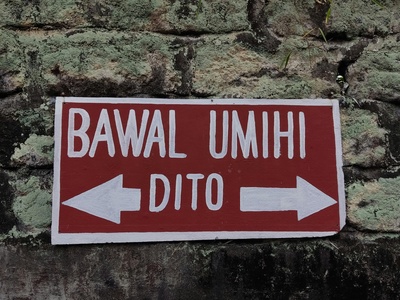
Gedeo (Dawro branch) dialect
Gedeo speech with agricultural vocabulary and distinctions from neighboring Sidama and Oromo varieties.
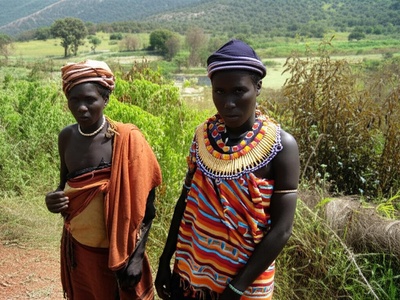
Dawro (Isolate cluster) local variety
Local Dawro dialect with unique morphology within the Omotic family and strong community identity.

Gamo central dialect
Central Gamo variety with internal differences across highland pockets; known for distinctive tonal patterns.
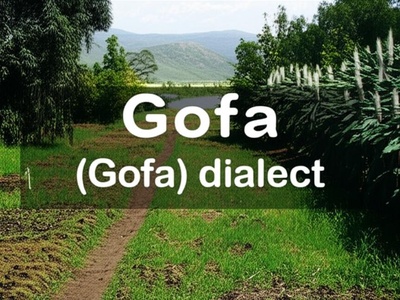
Gofa (Gofa) dialect
Gofa variety with specific agricultural lexicon and local phonetic traits.
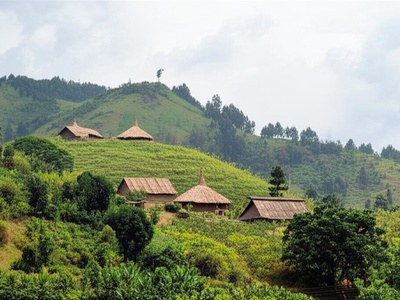
Kafficho (Kafa) dialect
Highland Omotic variety with widespread coffee-cultivation vocabulary and rich folklore.

Bench dialect (Bench)
Distinct local speech with strong identity and differences from neighboring Omotic varieties.

Zay
Island speech variety retaining archaic Semitic features and heavy influence from neighboring Oromo.
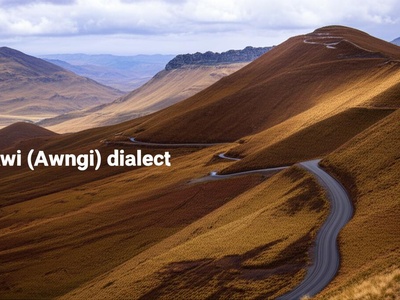
Awi (Awngi) dialect
A member of the Agaw group with conservative features; local dialectal differences across Awi communities.

Qimant (Kemant) dialect
A minority Agaw variety with limited speakers and local distinctives, often under pressure from Amharic.

Bilen (Eritrean–Ethiopian border) variety
Border dialect that shares features with both Cushitic and Agaw languages in adjacent highlands.
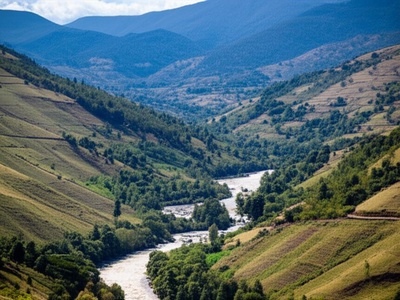
Ometo: Wolayta subgroup (local)
Local Ometo varieties related to Wolaytta with distinct vocabulary and pronunciation in each valley community.
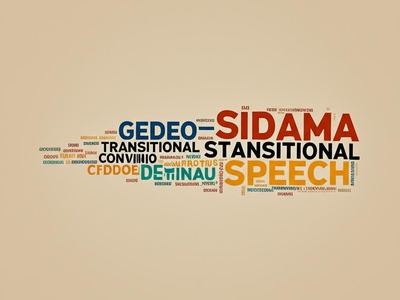
Gedeo–Sidama transitional speech
Speech that blends Sidama and Gedeo elements; illustrates fluid dialect continua at zone boundaries.

Amaro (Konsoid contact)
Transitional variety influenced by Konso and Omotic neighbors, with hybrid vocabulary and grammar.
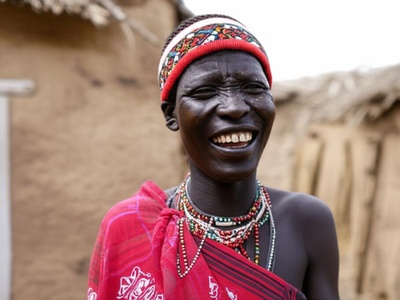
Konso (main dialect)
Well-known Omotic variety with distinctive morphology and an established sociolinguistic identity.
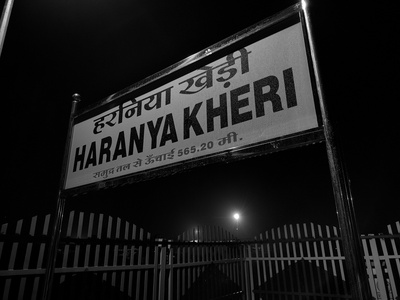
Koraro (Harari-influenced)
Local speech shaped by Harari urban dialect and rural Oromo contact; used by small multilingual communities.

Mugen (north Shewa Oromo-influenced)
A contact dialect blending Oromo and Amharic features, typical of mixed rural markets.
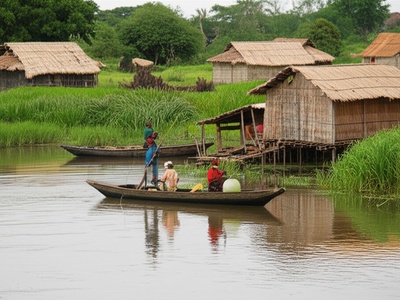
Golo (lowland Omotic fringe)
A lowland variety with unique lexical items tied to riverine livelihoods.
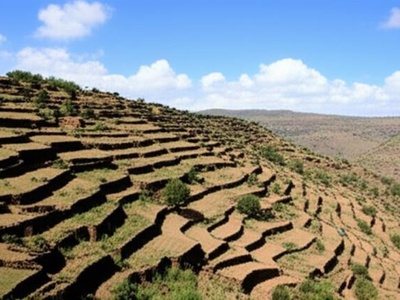
Tembien Tigrinya (highland micro-dialect)
A highland micro-dialect with archaic forms preserved in remote villages.
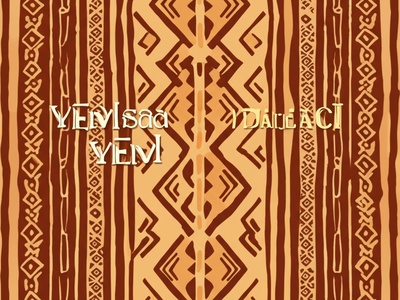
Yemsa (Yem) dialect
Local variety with its own identity and features distinct from larger Omotic neighbors.
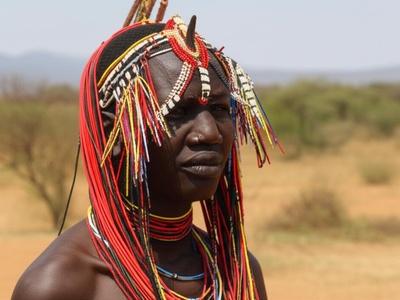
Hamer (Hamar) dialect (variations)
Distinctive pastoralist speech with strong ritual vocabulary and internal clan-based variants.
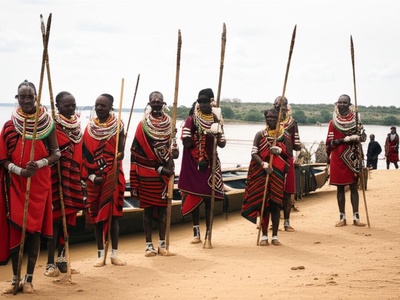
Dassanech (variants)
Riverine and lakeshore dialects sharing features across small settlements with seasonal movement patterns.

